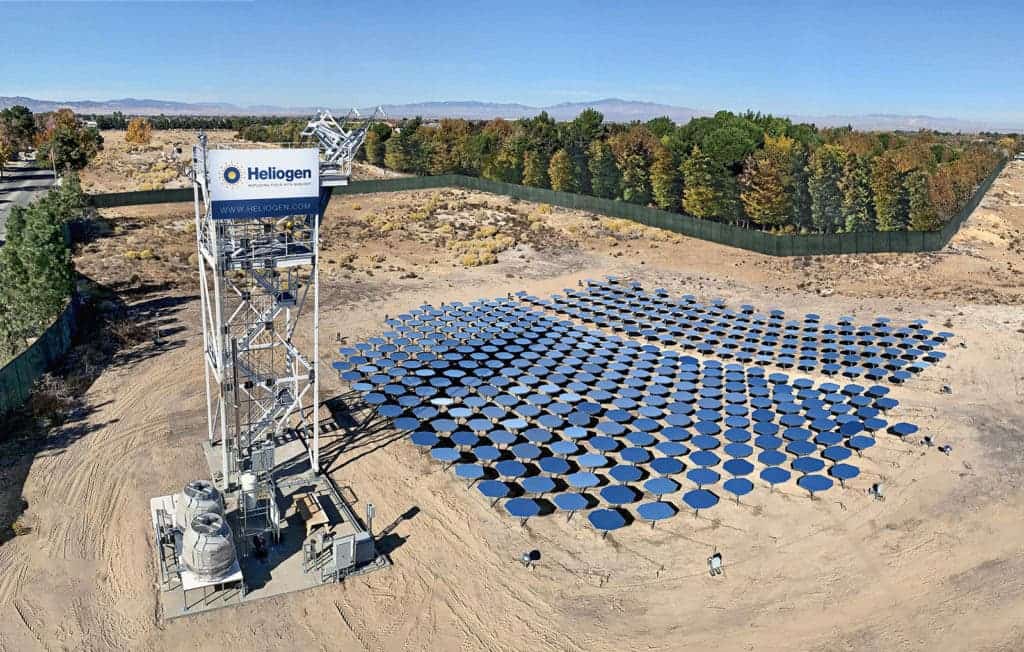Heavy industries such as cement, glass and steel manufacturing could soon be saying goodbye to their reliance on fossil fuels and welcoming renewable energy – all thanks to a breakthrough in solar technology by a startup supported by Bill Gates.

The company, called Heliogen, announced it found a way to use mirrors and artificial intelligence to reflect sunlight and reach a temperature of more than 1,000 degrees Celsius – the temperature needed to manufacture cement, glass, steel and other materials.
“The world has a limited window to dramatically reduce greenhouse gas emissions,” says Bill Gross, CEO and founder of Heliogen. “We’ve made great strides in deploying clean energy in our electricity system. But electricity accounts for less than a quarter of global energy demand.
The industries that could benefit from the new invention represent around 20% of the global greenhouse gas emissions, according to Gross, who said that up until now not many options had been developed to lower the carbon footprint of the sector.
Heliogen took this a step further a technology through which hundreds of mirrors located in a field aligned to direct sunlight to a steam turbine located in a tower. The heat then turns liquid to steam, giving power to the turbine. New software can now align the mirrors and obtain better results.
“Heliogen represents a technological leap forward in addressing the other 75 percent of energy demand: the use of fossil fuels for industrial processes and transportation. With low-cost, ultra-high temperature process heat, we have an opportunity to make meaningful contributions to solving the climate crisis,” said Gross.
In the past, the technology used by Heliogen, called concentrating solar power (CSP), was able to generate heat of up to 560 degrees Celsius. Now, thanks to Heliogen’s research, the temperature could reach up to 1,500 degrees Celsius – enough to split hydrogen atoms from water and create a fossil-fuel-free gas.
But that’s further down the line. So far, Heliogen has been able to reach a temperature of 1,000 degrees, which is also helpful heavy industries. For example, cement represents the third most important source of greenhouse gas emissions after oil and coal – with a growing production that threatens the pledges of the Paris Agreement.
“Today, industrial processes like those used to make cement, steel, and other materials are responsible for more than a fifth of all emissions,” Bill Gates told The Guardian. “These materials are everywhere in our lives, but we don’t have any proven breakthroughs that will give us affordable, zero-carbon versions of them.”



